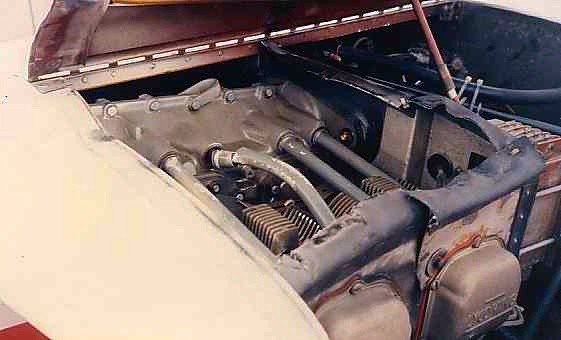jspilot
Cleared for Takeoff
- Joined
- Oct 22, 2011
- Messages
- 1,346
- Display Name
Display name:
jspilot
I went on a short flight yesterday to a nearby airport but a few things happened which I am seeking answers to.
First, while doing a run up, the engine ran very rough at ant rpm setting between like 1200 and 1400rpm but ran perfectly outside that range. I took extra time on the runups and decided the engine was running well enough for flight and I made it there and back without any trouble. It was really cold yeaterday( below 30 degrees). I suspected maybe a plug issue but not sure. The plane is a c152. Any ideas why this range caused the rough running engine but all other ranges were fine?
Second, while taxing I was asked to change runways for takeoff. The controller originally had me going to a runway that intersected the runway he switched me to. When I completed my taxi, I called for takeoff clearance and was given it. I took the runway to see that I was on yellow chevrons and that indicates you can't takeoff or land and I believe not even taxi on. I continued down the runway at taxi speed until I got out of the yellow chevrons and passed the runway start line. Then I applied takeoff power. I took off and the tower never said anything. Did I handle this correctly? Am I wrong in my understanding that yellow chevrons is a "no go" area?
First, while doing a run up, the engine ran very rough at ant rpm setting between like 1200 and 1400rpm but ran perfectly outside that range. I took extra time on the runups and decided the engine was running well enough for flight and I made it there and back without any trouble. It was really cold yeaterday( below 30 degrees). I suspected maybe a plug issue but not sure. The plane is a c152. Any ideas why this range caused the rough running engine but all other ranges were fine?
Second, while taxing I was asked to change runways for takeoff. The controller originally had me going to a runway that intersected the runway he switched me to. When I completed my taxi, I called for takeoff clearance and was given it. I took the runway to see that I was on yellow chevrons and that indicates you can't takeoff or land and I believe not even taxi on. I continued down the runway at taxi speed until I got out of the yellow chevrons and passed the runway start line. Then I applied takeoff power. I took off and the tower never said anything. Did I handle this correctly? Am I wrong in my understanding that yellow chevrons is a "no go" area?






